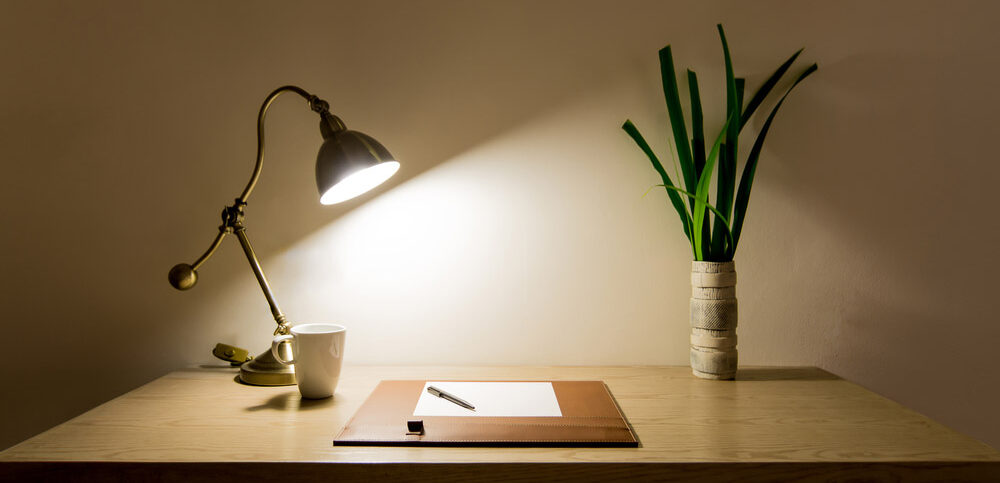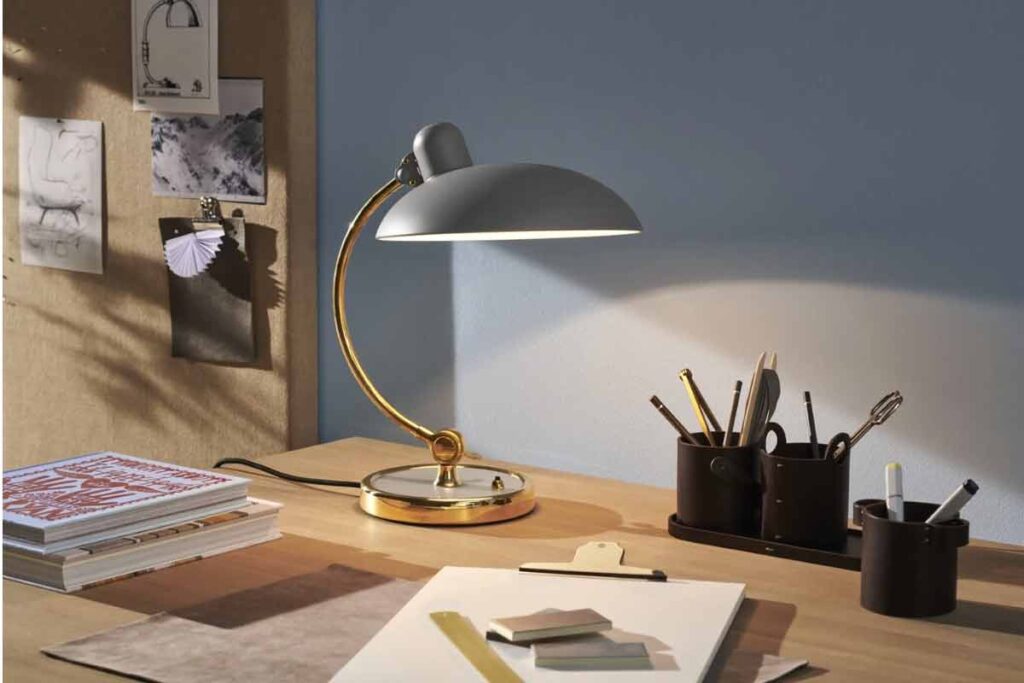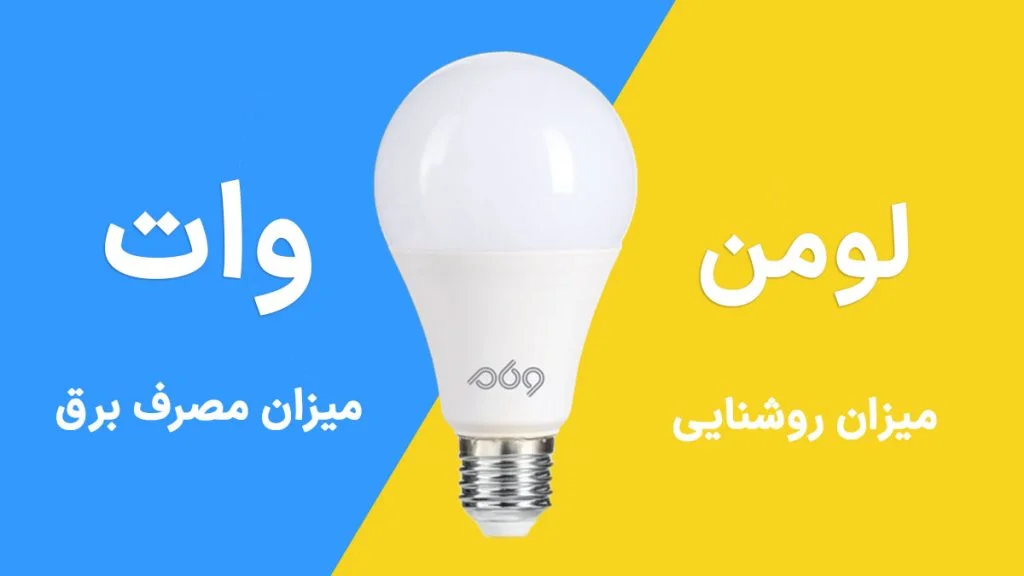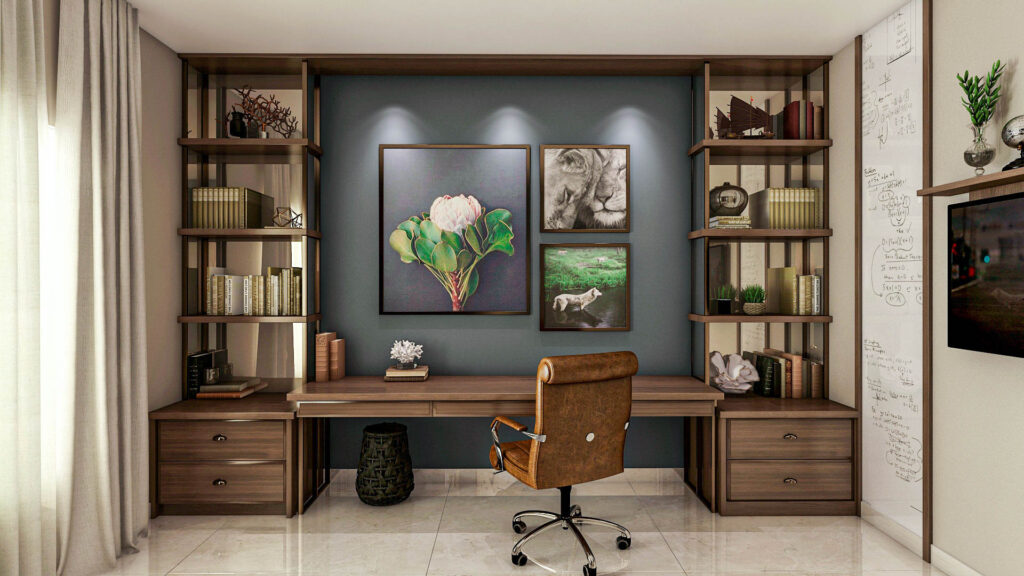Reading is one of the most important activities for increasing knowledge and improving personal skills. Having the right lighting for reading is especially important because it can help prevent eye fatigue and increase concentration. Natural light and the use of appropriate lamps can provide a comfortable and efficient environment for reading. Choosing the right lighting will help you increase your productivity and prevent eye damage. You may also have wondered how much lux is the right light for reading?
In general, the right amount of light for reading is between 300 and 500 lux. This amount of light helps prevent eye fatigue and increase comfort and concentration while reading. In some special cases, such as reading small texts or doing detailed work, more light may be needed and up to 750 lux or more is recommended. If you need more light, it is better to use study lights with adjustable light intensity so that you can adjust the right light according to your needs.
From which side should the desk lamp light shine?
To create appropriate lighting conditions while studying, consider the following points:
- Dominant Hand:
- Right-handed individuals: The light should shine from the left side to avoid casting a hand shadow on the study material and obstructing your view.
- Left-handed individuals: The light should shine from the right side to prevent hand shadows on the page.
- Height and Light Angle:
- The desk lamp should be positioned at a height where the light shines directly onto the study material and not into your eyes, preventing eye fatigue.
- The light angle should be adjusted to ensure the entire study area is evenly illuminated.
- Light Intensity:
- The light should not be too bright or too dim. Moderate and sufficient brightness is ideal for studying and helps prevent eye strain.
- Type of Light:
- Using white (cool) light is recommended for studying as it enhances focus and alertness.
- At night, warm (yellow) light can help reduce eye fatigue and create a relaxing atmosphere.
- Ambient Lighting:
- Besides the desk lamp, ensure the room’s general lighting is adequate to avoid stark contrasts between the desk lamp’s brightness and the surrounding environment.
- Lighting Variations:
- Whenever possible, study in an environment with natural light. Natural light reduces eye strain and improves energy and mood levels.

What Is the Best Lamp for a Study Room?
Choosing the right lamp for a study room can significantly impact your comfort and productivity. Smart LED lamps are considered the best option as they offer adjustable brightness and color, consume minimal energy, and have a long lifespan while providing uniform light to prevent eye strain. Here are some tips for selecting the best lamp:
- LED Lamps:
- Advantages: Low energy consumption, long lifespan, and uniform, flicker-free light.
- Light Color: Select white (cool) light for daytime focus and warm (yellow) light for nighttime relaxation to reduce fatigue.
- Fluorescent Lamps:
- Advantages: Provide uniform light and consume less energy compared to traditional lamps.
- Light Color: Typically emit cool light, making them suitable for daytime use.
- Halogen Lamps:
- Advantages: Produce very bright light similar to natural light.
- Disadvantages: Consume more energy and generate more heat compared to LED lamps.
- Smart Lamps:
- Advantages: Adjustable brightness and color, controllable via mobile apps or remotes.
- Benefit: Allows light customization based on different needs and conditions.
- Study Lamps with Adjustable Angle:
- Advantages: Enable angle adjustment to avoid shadows and better illuminate the study material.
By considering these options, you can select a lamp that fits your study space and enhances your overall experience.

Why Consider Lumens Instead of Watts?
The lumen (lm) unit and the watt (W) unit are both used to measure different aspects of light, but they have distinct applications, which is why lumens are more advantageous in some cases:
- Lumen (Lumen):
- Definition: Lumens measure the total amount of light emitted by a light source that reaches our eyes.
- Application: Using lumens helps you determine the actual brightness of a lamp. This unit tells you how much light the lamp emits, making it very useful for comparing lamp brightness levels.
- Watt (Watt):
- Definition: Watts measure the power or energy consumption of an electrical device.
- Application: Watts indicate how much energy a lamp consumes but do not directly provide information about its brightness. Older lamps (like incandescent bulbs) often used watts as a standard for brightness, but with advancements in technology and the emergence of newer, energy-efficient lamps (like LEDs), watts are no longer an accurate metric for measuring brightness.
Why lumens?
Since different types of bulbs (such as LED, fluorescent, halogen, etc.) can produce similar levels of brightness with different energy consumption, lumens are used as a more accurate measure to compare the brightness of bulbs. In other words, lumens allow you to compare the brightness regardless of the amount of energy used.
So, if your goal when buying a bulb is to provide adequate lighting, it is better to pay attention to the lumen value. If you want to check the amount of energy used, watts are a good measure. With the above points in mind, you can make the best choice for your needs.
How much lux is the right light for studying?
The final answer to how much lux is the right light for studying? The right amount of light for studying can vary depending on individual conditions and needs, but in general, between 300 and 500 lux is recommended. This amount of light can help prevent eye fatigue and increase comfort and concentration while studying. In some cases, for example, for reading small text or performing detailed tasks, more light may be needed, reaching 750 lux or more.
It is also important to note that in addition to the intensity of the light, it is also very important to have an even, shadow-free distribution of light on the reading surface. It is best to use lamps that disperse the light evenly and without disturbing shadows.

Final Words
Shamim Andisheh Company is one of the leading companies in the field of building facade lighting in Tehran. Established in 2000 (1379 in the Iranian calendar) with the goal of consulting and implementing professional lighting projects, Shamim Andisheh has, over the years, leveraged its extensive experience and professional experts to undertake the design and implementation of lighting projects. In some projects, the company has used customized equipment produced in-house.
Services and Expertise of Shamim Andisheh Company
- Facade Lighting: Design and implementation of lighting for building exteriors.
- Green Space Lighting: Creating lighting effects in green spaces and gardens.
- Lighting Systems: Providing and installing modern and energy-efficient lighting systems.
- Specialized Consulting:
Contact Methods for Shamim Andisheh:
- Phone: You can call using the following number:
- Head Office: 12-44071011 (021)
- Email: You can send your email to the following address:
- shamim@shamimco.com
- Website: Through the official website of Shamim Andisheh, you can send your message.
- Website Address: www.shamimco.com
- Social Media: Shamim Andisheh is active on social media platforms such as Instagram and LinkedIn. You can connect with them through these platforms:
- Phone for Social Media Contacts: 09394121002

 English
English العربية
العربية

















